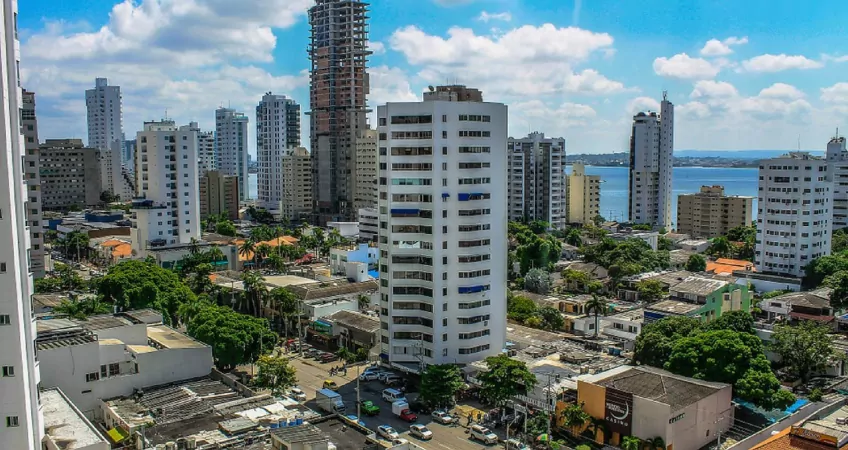
Why A Plan B Residency In Colombia Should Be Your Plan A
World's Easiest Residency?
I spent the past several months working on a massive expansion of our guide to foreign residency and second citizenship.
During that time I was reminded why Colombia continues to stand out among the competition whenever backup residency alternatives are discussed.
Colleague Lee Harrison has long insisted that Colombia be at the top of the list of easy backup residency options. Lee was able to obtain Colombian residency quickly, efficiently, and without the help (or expense) of an attorney.
The information on the government website related to the process and the required paperwork is clear and up to date. More important, the requirements didn’t change when he met with the government representative to submit his paperwork. The process was indeed as represented online, which is not always the case with these things.
In addition, that list of requirements doesn’t include a police background check (at least not yet; our contacts say that this point is being actively discussed by the powers that be). This eliminates the need for an American to get an FBI report, which can be one of the biggest delays for an American trying to establish residency in any country other than Colombia.
While the thresholds for Colombia’s retirement and investment visa options aren’t the lowest on offer anywhere, the amounts are competitive.
You can qualify for the pensionado visa in Colombia right now with as little as US$832 a month. If you’re not retired and are looking for options for full-time or backup residency as part of your Plan B, you can invest as little as US$27,700 in the country and qualify for an investment residency visa.
The actual numbers are in Colombian pesos and so, to state the obvious, the U.S. dollar values change with the exchange rate. Note as well that the income threshold for the pensionado visa is based on the country’s monthly minimum wage, which increases each year. Currently that amount is 781,242 pesos, or about US$277.
What Does A Colombian Residency Get You?
This means two things. First, if the idea of residency in Colombia interests you, you should act now, as the cost is only likely to increase.
Second, ideally you should have a bit more in pension income or invest a bit more than the minimums to make sure you continue to meet the peso thresholds at renewal.
Along with competitive thresholds for qualifying, Colombia’s time-in-country requirements for maintaining your residency status are user-friendly. Under the temporary residency options (which the two figures above represent), you need to spend but one day every six months in the country.
By way of comparison, Ecuador offers visa options with similarly low investment and pension thresholds (US$25,000 and US$800, respectively), but, with these visas, you can’t leave the country for more than 90 days in each of the first two years of residency. That takes Ecuador off anyone’s list for a backup plan. Ecuador residency has to be your primary plan.
Bump up your investment in Colombia to US$180,000, and you can qualify for permanent residency status without having to go through the temporary visa process. The time-in-country requirement for this status is only one day every two years.
Given the opportunities in Colombia’s property market right now, an investment visa should be tempting.
The U.S. dollar has lost some of its strength against the peso recently, but you still have about 50% more buying power here than you did only several years ago. And the properties on offer here are still a bargain.
Getting your money in and out of the country is a popular topic during our annual Colombia events… as are taxes.
Bottom line, you don’t need to worry about getting money you’ve invested in Colombia back out of the country when you’re ready to take your exit. As long as you document the introduction of capital into Colombia correctly, this is a straightforward process. Just be sure you do it correctly.
What about taxes? Colombia is not a tax haven, so you want to take that into account for any investment you make in this country. Readers have written to ask if it makes sense to invest in Colombian real estate, specifically, given the associated tax burdens.
Yes, you’ll likely have a local tax obligation associated with investment return in Colombia; however, this is the case for any kind of investment you might make in this country. The associated burden is no more onerous for a property investment than for any other investment vehicle.
Easy bureaucracy, easy visa qualification thresholds, and easy requirements for maintaining your residency status… plus bargain property and a pleasant quality of life…
Colombia makes for a great option under any circumstances, whether you’re looking for a primary plan or a Plan B.
Lief Simon



